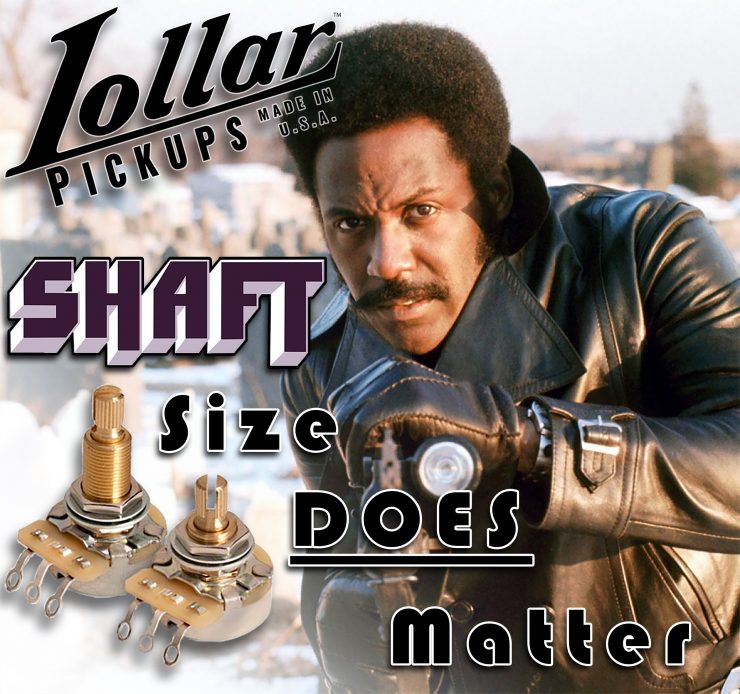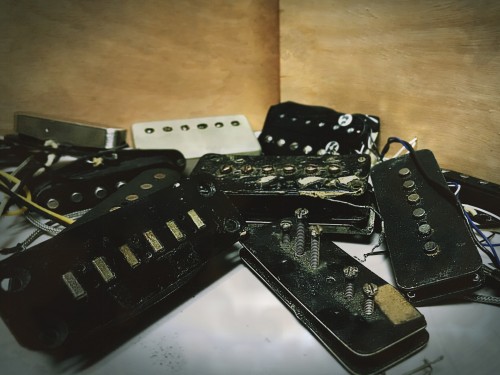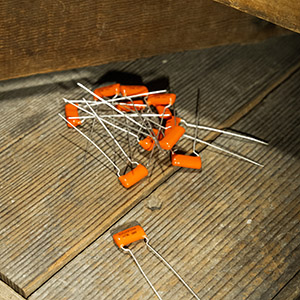By Jason Lollar
In my previous post, I wrote about choosing the best pots for your sound (If you haven’t done so already, you can read it HERE). In this post, I will focus on capacitors (or caps), the different types/values, and how they work to affect and influence your guitar tone.
Choosing the Right Capacitors
Tone capacitors are wired to the tone pot so the signal from the guitar pickup will pass high frequencies to ground when the tone pot is rolled down. The higher the value of the cap the wider the range of frequencies that get rolled off to ground. With lower value caps only the highest frequencies get cut off.
As a secondary effect, the higher the value cap, the more frequencies are rolled off with a shorter throw on the pot. So, with a high value cap the tone control can act more like an off or on switch. With a lower value cap, you can throw a lot farther on the pot, so you can dial in the tone with finer adjustment.
Continue reading →





